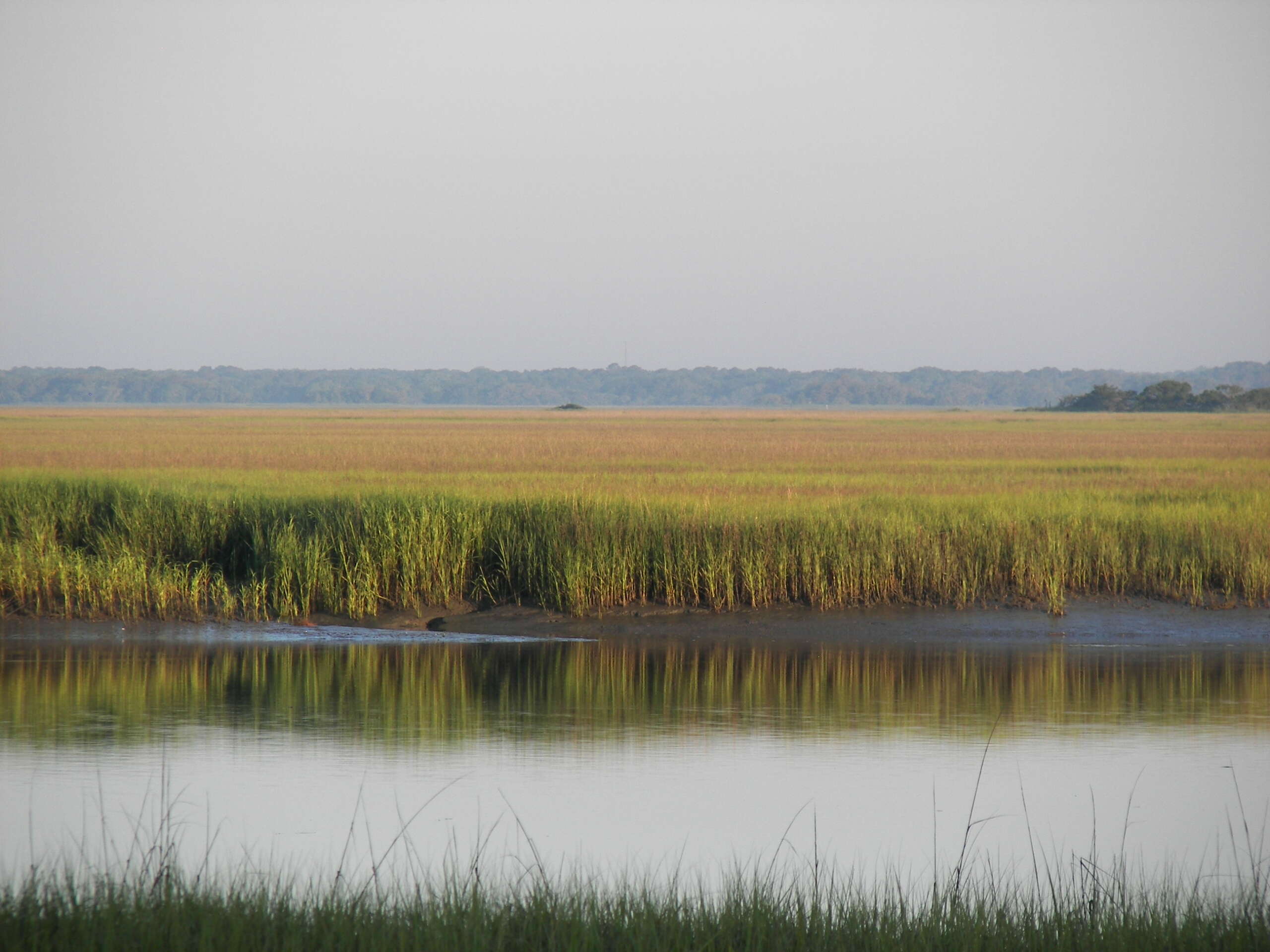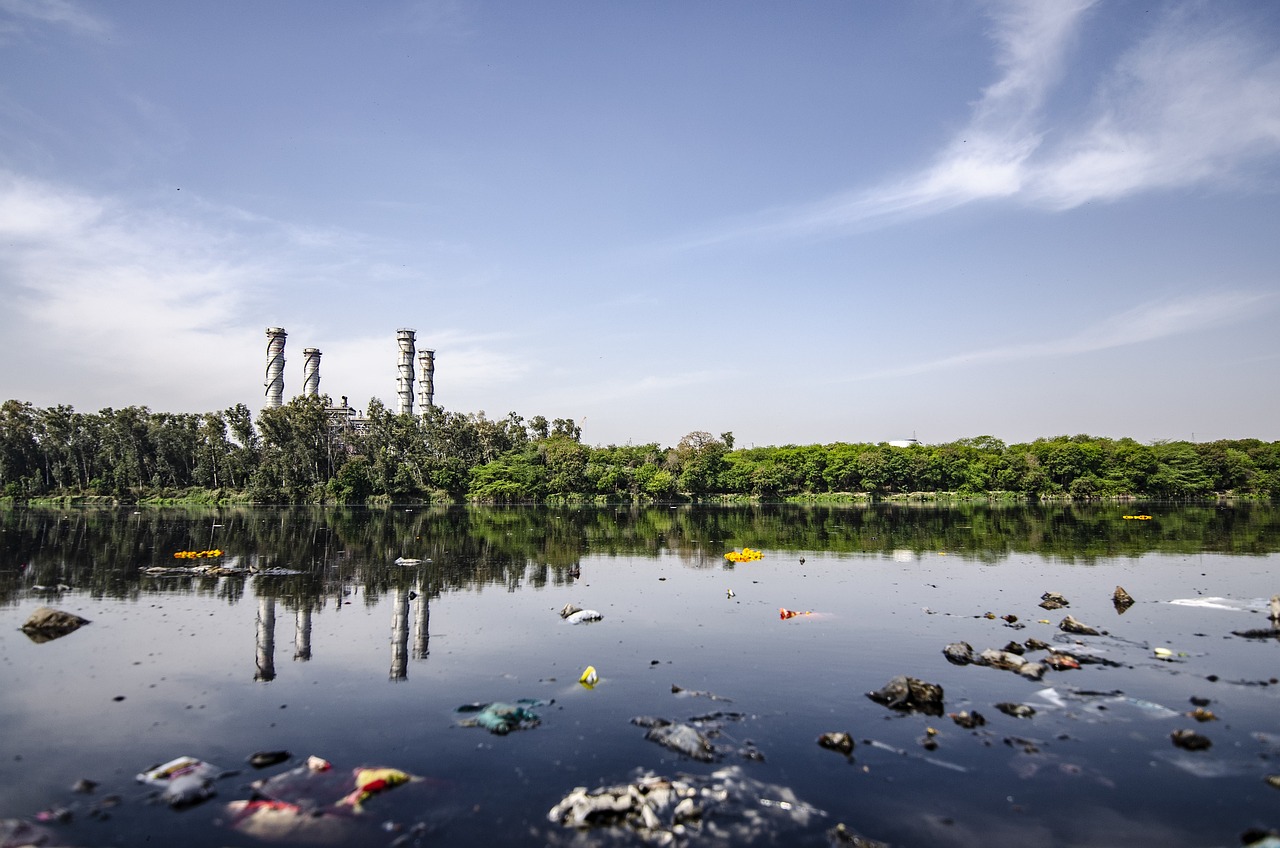Water Contaminants 101
Some of the most dangerous water contaminants, like arsenic or certain bacteria and viruses, have no taste, smell, or appearance. Other contaminants, however, are more obvious, making your water unpleasant to drink or use for cooking and bathing. Since contaminants may or may not be present in your tap water, it’s highly recommended that you research your tap water source and have your tap water tested by an expert.
Common Water Contaminants
Chlorine: The taste and smell of chlorine are unappealing and can also dry out your skin and hair. While municipalities use chlorine to disinfect the water supply, it’s best filtered out before use to eliminate harmful or annoying effects.
Hard Water: Hard water results from high levels of calcium and magnesium. This natural occurrence affects over 95% of the water supply. Hard water minerals leave an unsightly residue and can harm your appliances, fixtures, hair, skin, and even your wallet!
Lead: Lead seeps into the water supply from lead pipes, solder, and fixtures used extensively in older homes across the United States. There is no safe level of lead exposure, especially for children, who can suffer harmful and potentially chronic effects ranging from stomach pain to brain damage.
Nitrates: Nitrates are essential for plant growth, making them a major ingredient in most fertilizers. Although nitrates occur naturally in soil, overuse of fertilizer is the largest cause of contamination. Nitrates spread on lawns and fields can move quickly through soil and concentrate in groundwater, creating potential health risks for everyone, especially infants and pregnant women.
Other Contaminants: It’s also important to be aware of other potential contaminants like pesticides, herbicides, pharmaceuticals, and emerging contaminants like PFAS (per- and polyfluoroalkyl substances) which may be present in your water.

Know Your Water
- Your local Public Service District’s (PSD) annual tap water quality test results are public record and posted on their website. We recommend reading this report.
- You can also look up your tap water supply on the Environmental Working Group’s (EWG) National Tap Water Database
- Regardless of your tap water source, it is recommended to have your tap water tested at your faucet to ensure you always know what’s in your water.
Choosing the Right Filter
- When choosing a filter for your home, make sure it’s certified to remove any contaminants found in your tap water. Look for certifications from organizations like NSF/ANSI, which test and certify filters for specific contaminant removal.
- Carbon refrigerator filters, faucet-mount filters, or filtered pitchers are affordable and reduce many common water contaminants.
- However, a reverse osmosis filter provides triple-filtered water and reduces contaminants that carbon filters cannot, like lead, nitrates, sodium, fluoride, and some pharmaceuticals.
For more information on how you can safeguard your home’s water supply, contact Culligan of Low Country and schedule an in-home consultation.
Chris Lane is your local water expert from Culligan Water of the Low Country, serving over 8,000 homes and businesses in Beaufort, Jasper, and Hampton Counties.

